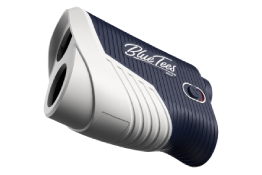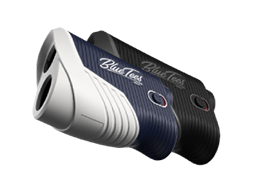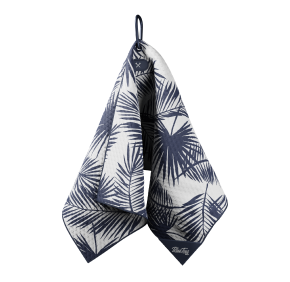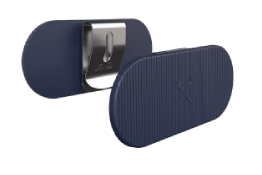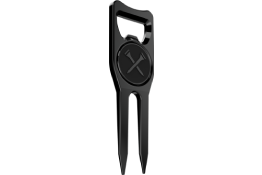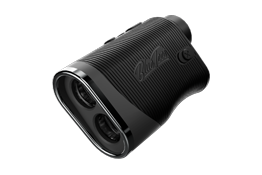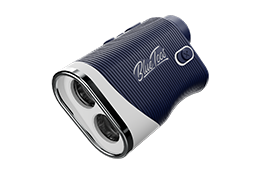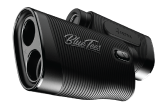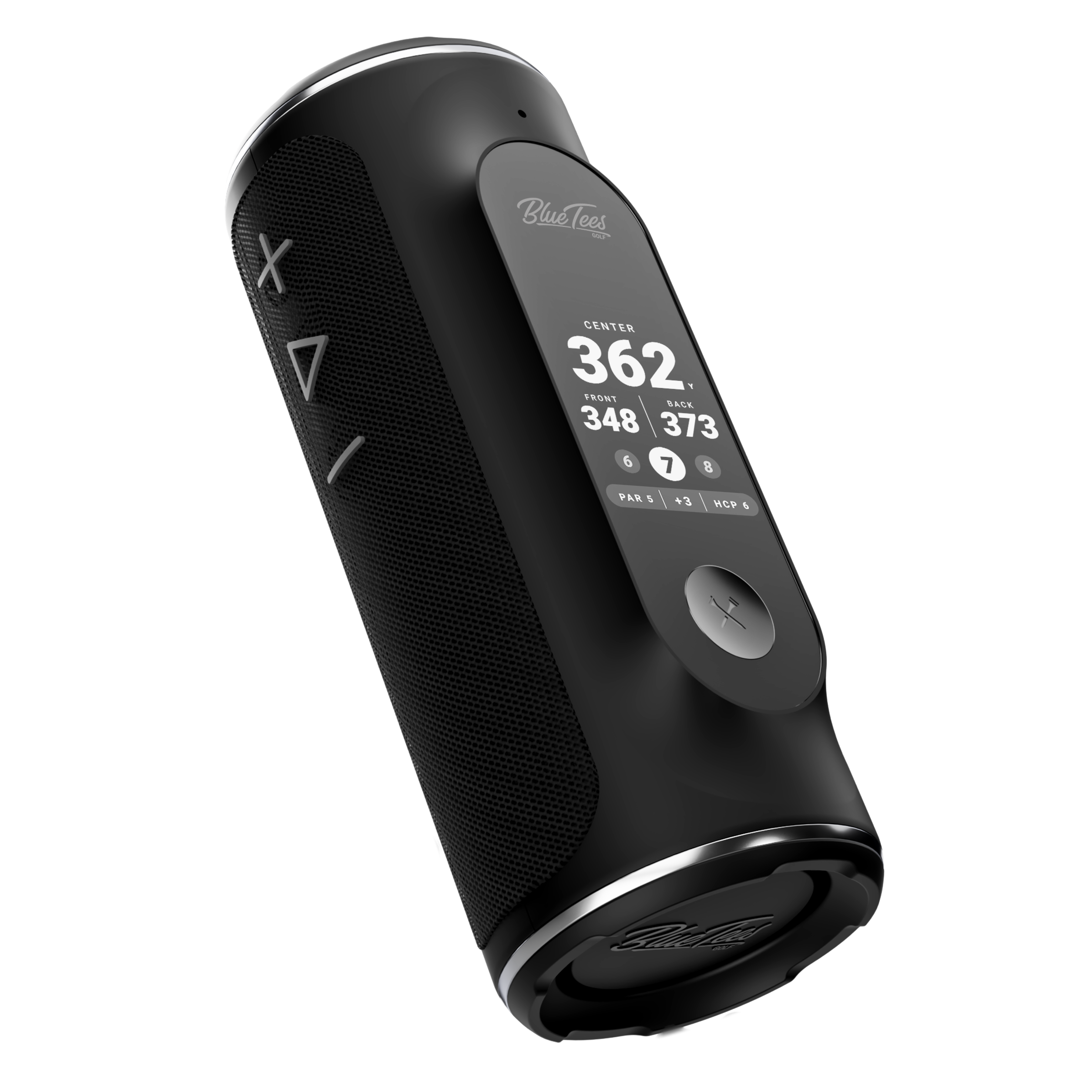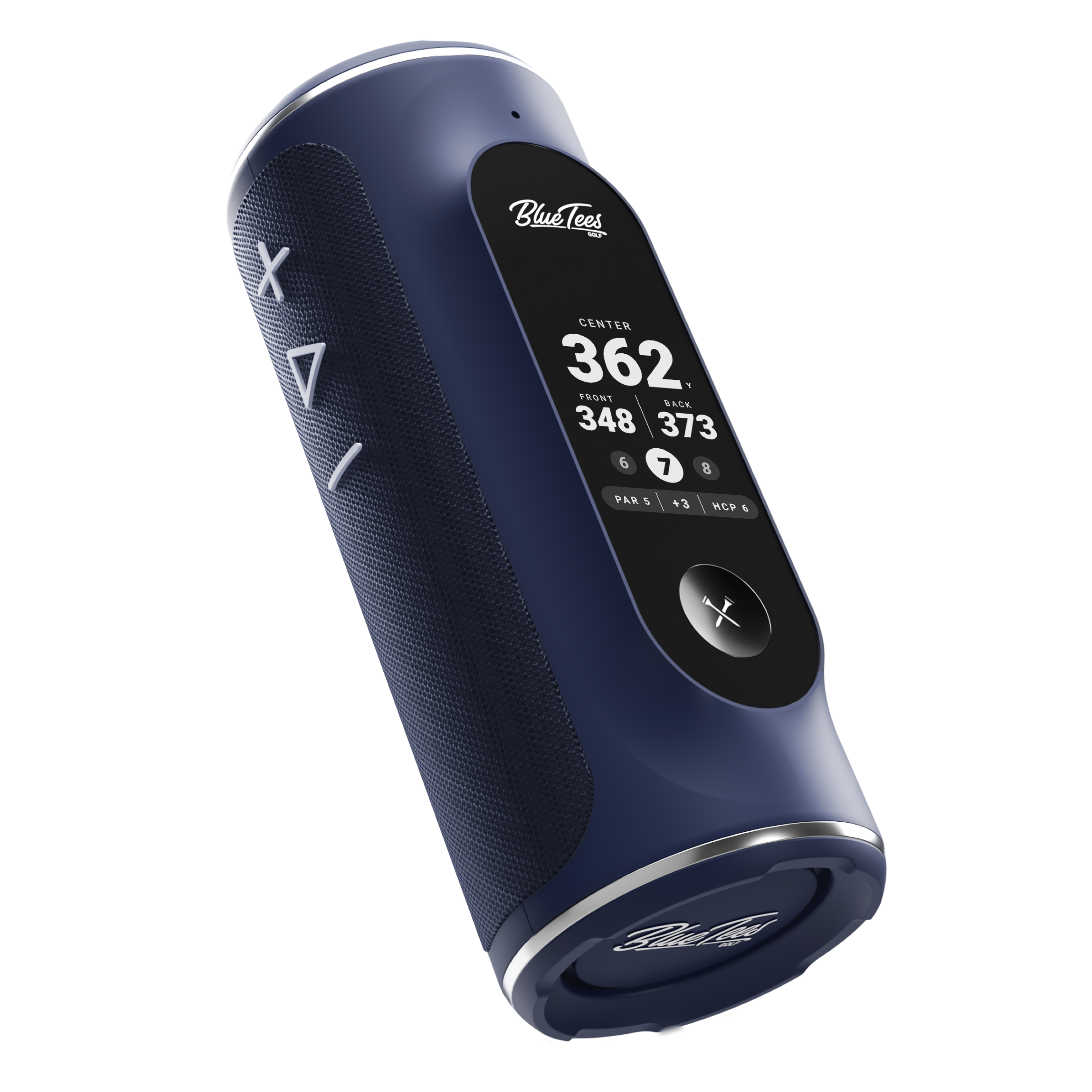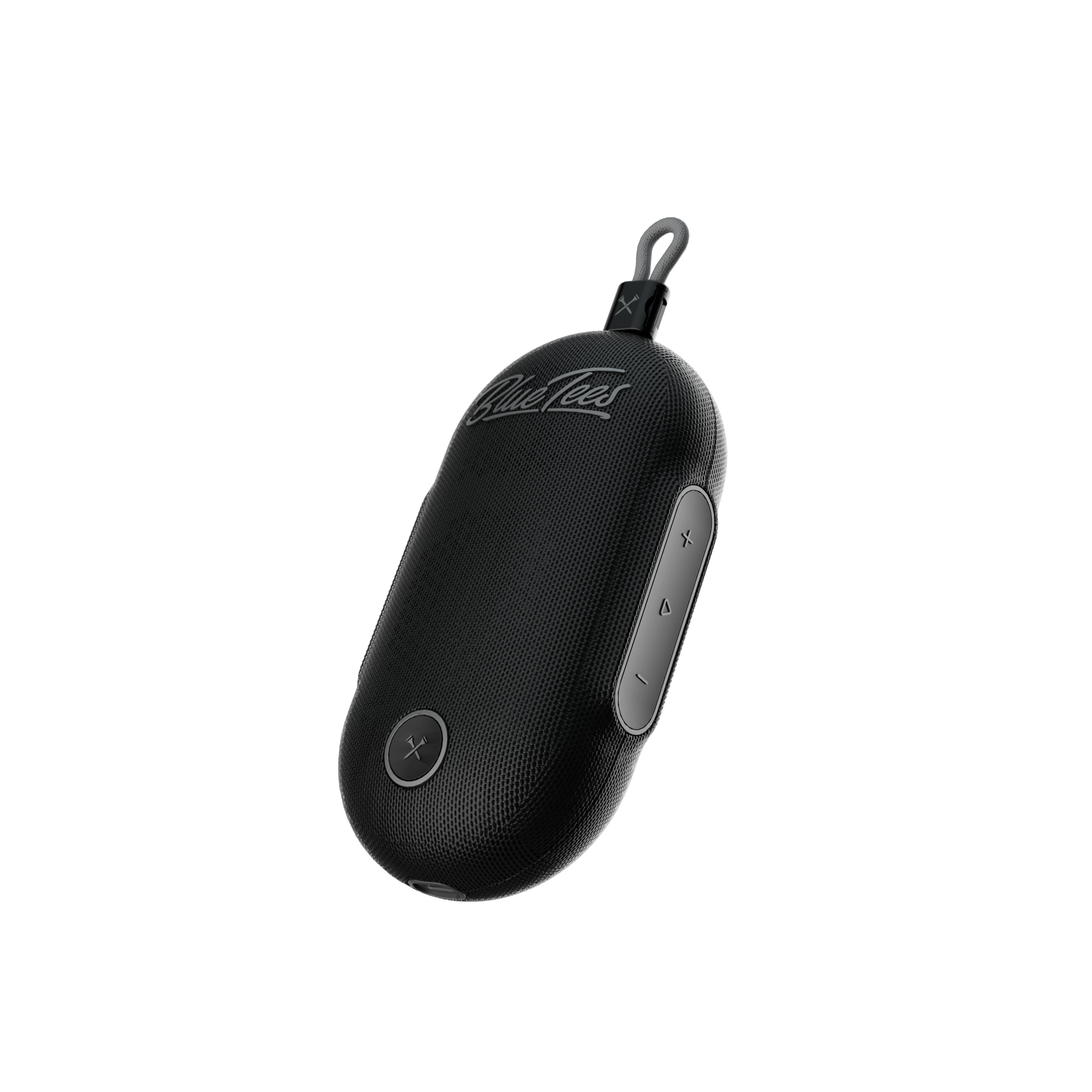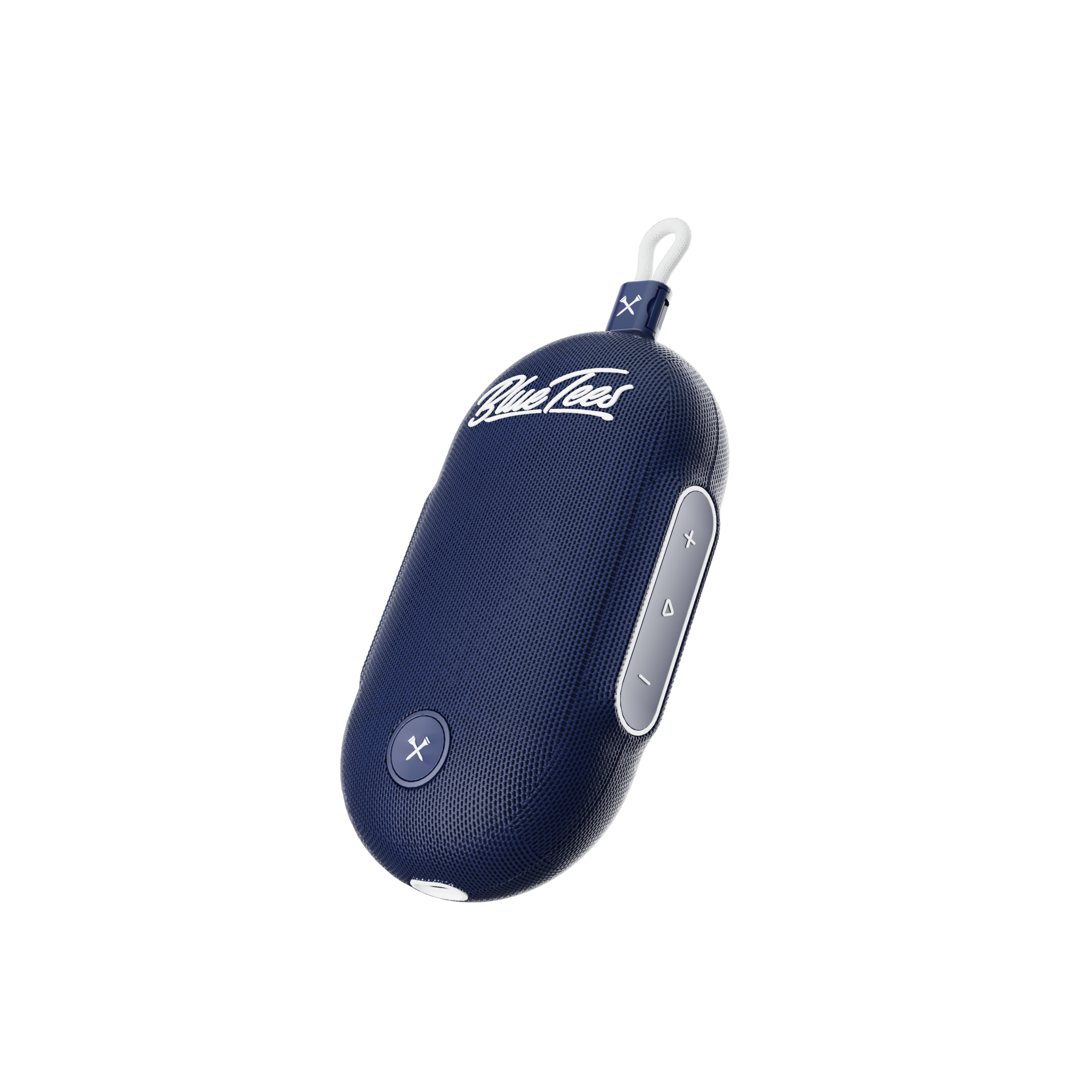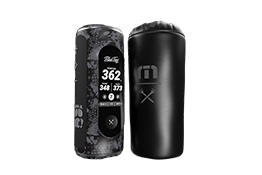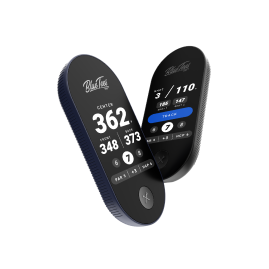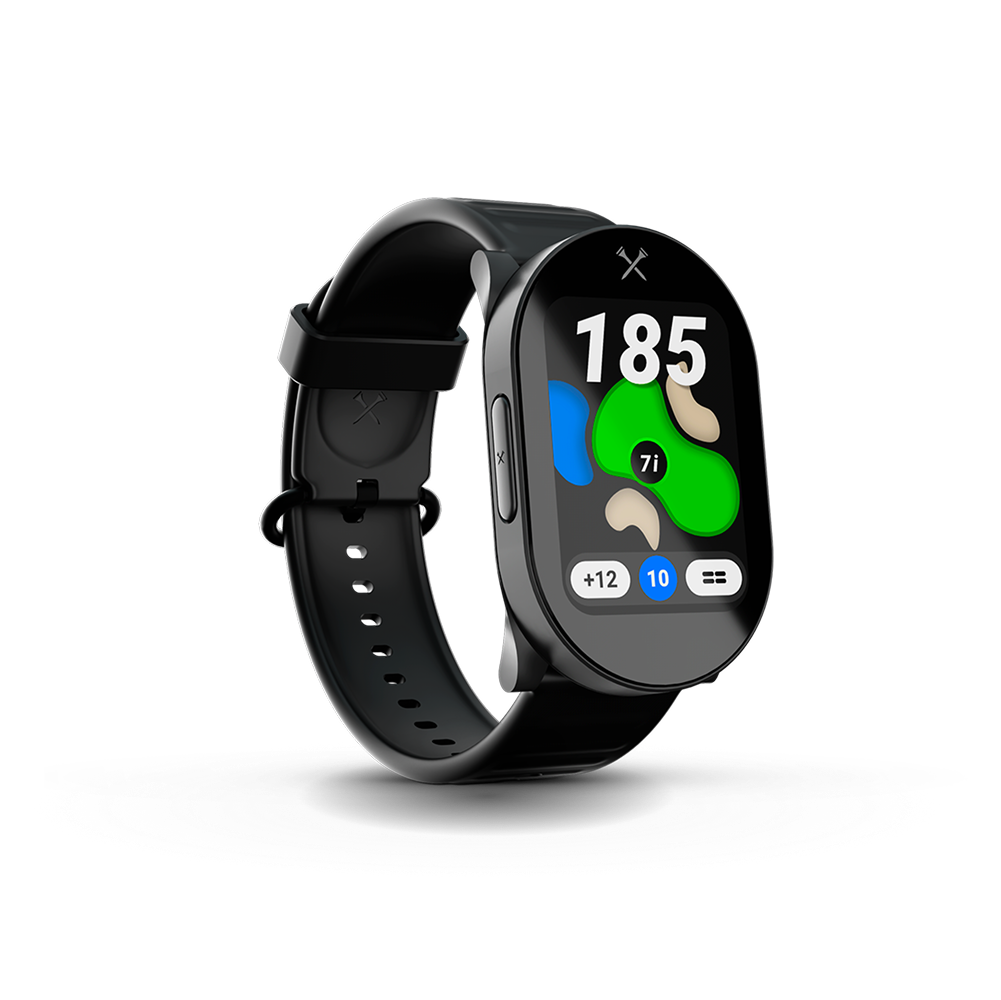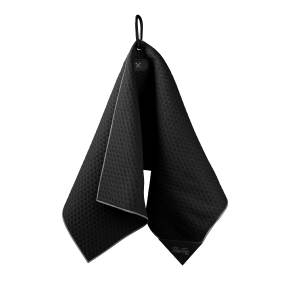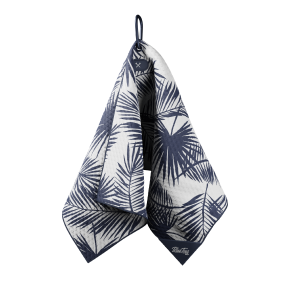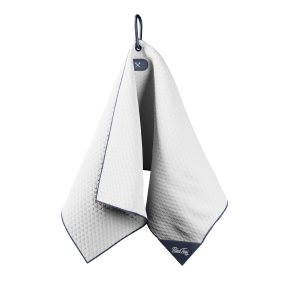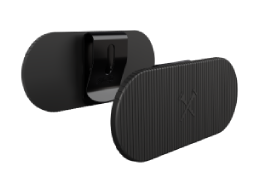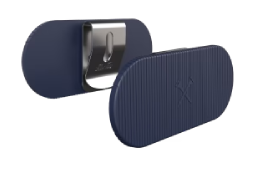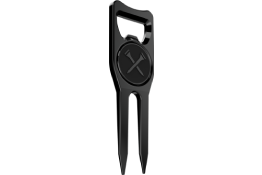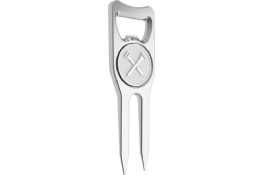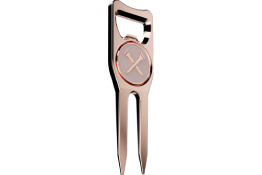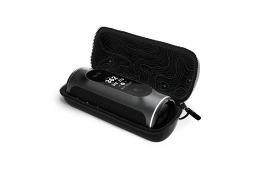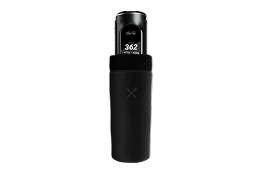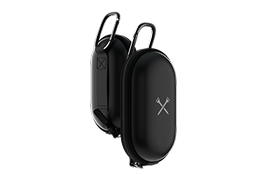Rangefinders Help Course Management
It’s tough to argue that rangefinders aren’t essential while playing golf - unless you get a looper (even though they use them too). They not only give you the distance to the hole, but also allow you to see the trouble around the green. With this information, you can now plan what you want to do with your approach, and make sure you miss in the right spot. But outside of these benefits, do they do anything? Are they really worth the hundreds of dollars to put in the bag?
Absolutely. And with Blue Tees, you’ll be spending half of what you would pay with one of the big brands - and ours do the same thing, and look great. But I’ll cover that later. There are countless uses for a laser, but today we are going to go over 3 that will help shave strokes off your game. And how do I know this? Because getting a rangefinder helped me become a PGA Professional. I know that sounds ridiculous, but it's true.
Off The Tee
Most players wouldn’t even think to bring their rangefinder out on a tee box if it wasn’t a Par 3. But - you should. Everytime I step onto the box, I have my laser. Par 4, Par 5, doesn’t matter. Using a rangefinder on the tee box can give you a number to any trouble awaiting you on that hole. Fairway bunker at 285? Hit a nice 3-wood, now knowing a well struck driver can get to that bunker. Water down the left that ends at 235? Now you can pull driver knowing that you can carry that trouble, even if you pull/push it that way - unless you’re a bunter
Managing around trouble is critical to scoring well. If you’re committed to hitting driver off every tee, you’re a course architect's dream. They design danger throughout the routing to get that exact kind of player in trouble. Having your rangefinder handy on every tee will allow you to plot your way around the golf course more efficiently.
Lay-ups
As soon as I mentioned laying-up, I’m sure I lost your interest. But hear me out. Most mid-handicappers can hit their 3-wood about 240, and that’s usually off the tee. Now take into account hitting it off the deck? You’re talking about a success rate of about 30% of striking it on the screws - and that’s being, let’s just say generous. So why do most try and go for every Par 5 in 2? I get it’s more fun, but if you’re worried about scoring, put the head-cover back on and get your laser out.
Laying-up on a Par 5 using your rangefinder can be extremely effective in taking strokes off your game. Your laser allows you to scope out any and all trouble ahead of you, take it out of play, and find a number that will leave you at a comfortable yardage. Every player has that yardage at the bottom of their bag that they’re confident with. You have 275 to the green, but love a 95 yard sand-wedge? Now you know you need to hit something around 180 to give yourself that nice, comfy SW.
I’ll say it again, course management is crucial to scoring well, and having your rangefinder on constantly allows you to do it.
Slope Adjustments
Most rounds in the US are played by amateurs golfers, grabbing a few beers, and getting 18 holes in. No green-reading books, no caddies, no help. So how are players supposed to know how to adjust for elevation with no prior knowledge of the course? I think you can guess what I’m going to say - a rangefinder.
Thanks to recent innovations in rangefinders - including our Series 2 Pro Slope - players can now receive an adjusted number, taking into account elevation change. This, of course, will help on uphill or downhill Par 3’s. I can think of dozens of times when I over-shot or come up short of a green because I didn’t adjust for elevation. With our Series 2 Pro Slope, that problem is now in the past.
But what amateurs don’t think about, is how that feature can help on other parts of the course. You can now understand how a tee shot plays, how a lay up plays, all thanks to the slope feature. You’re standing on a tee, and see a bunker that ends at 280, but the tee shot plays downhill, you now know you can hit driver confident you can carry the trouble. Same with uphill tee shots - our Pro Slope will help any golfer manage their way around a golf course more efficiently.
So are rangefinders just for approach shots? Nope. If you’re serious about getting your game to a point where you can score well, a rangefinder is critical. Course management becomes mindless, making focusing on each and every shot, easier.



